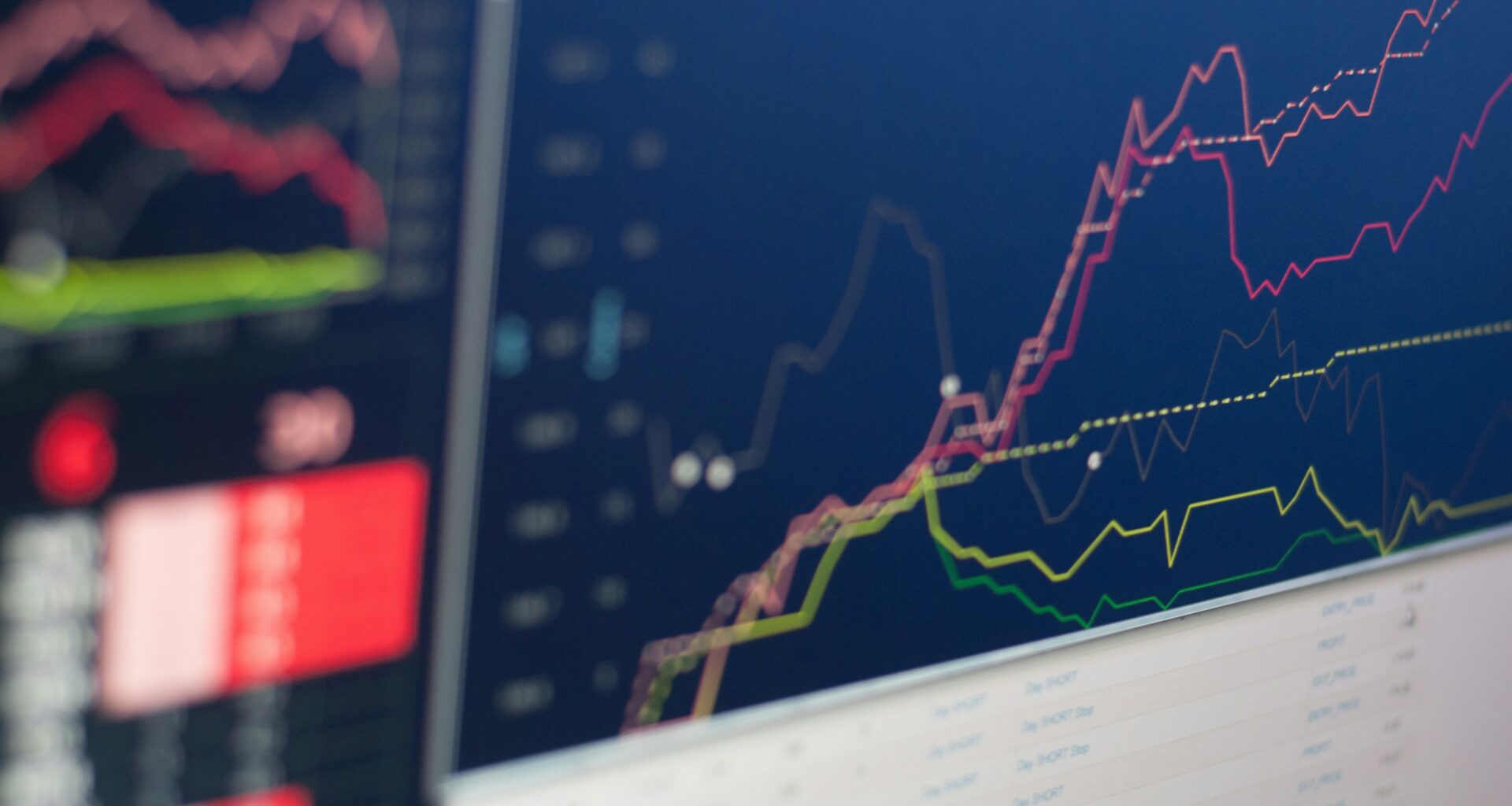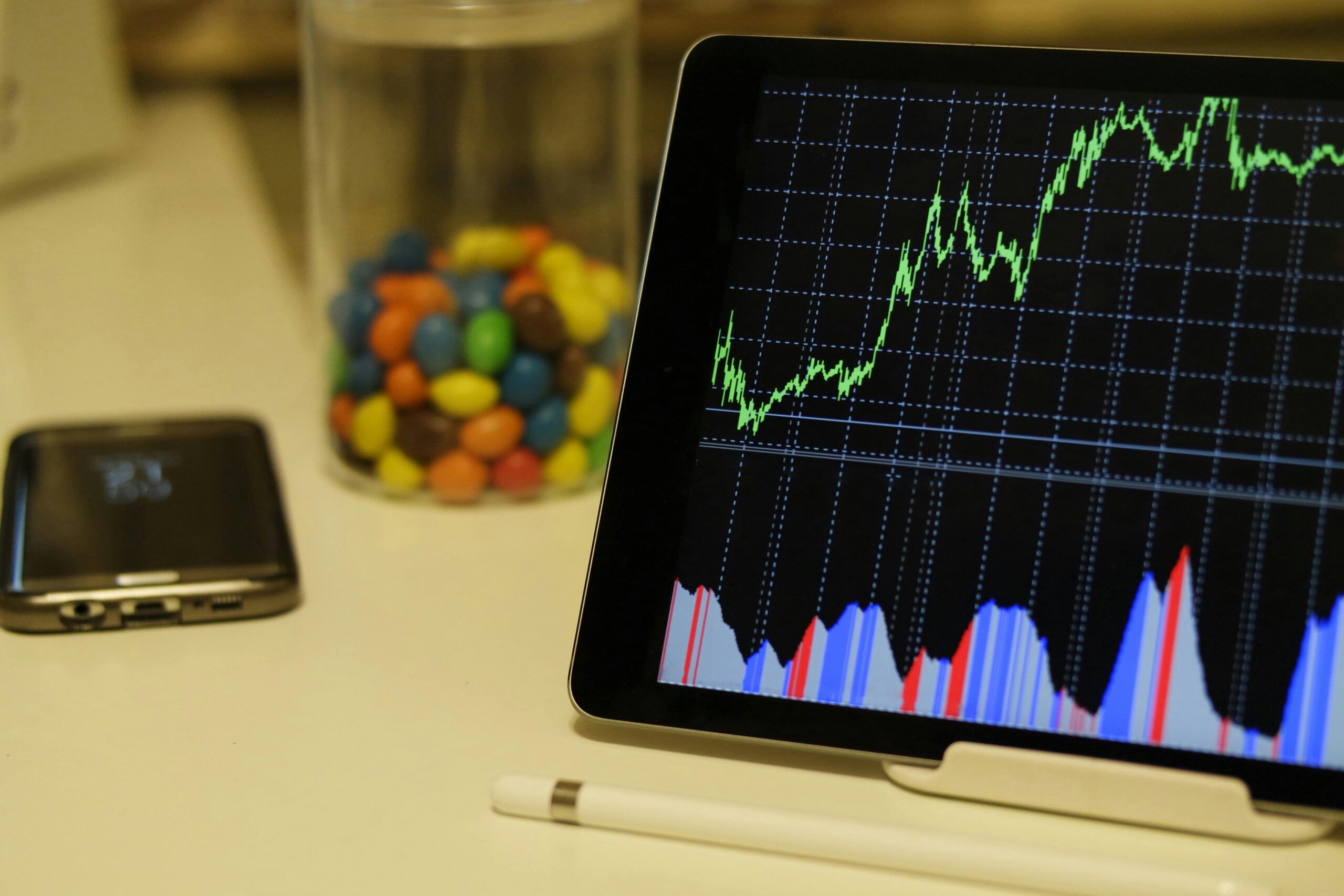There have been some bumps in the road for the lithium market in the past several months. Prices have fallen significantly off of historic record highs as electric vehicle and battery manufacturers have recently scaled back near-term expansion plans, due in large part to high interest rates. Still, lithium producers remain confident that the reduction in spot prices is a short term phenomenon, expecting the long-term growth trends that pushed the previous run-up in prices to remain in place.
Livent CEO Paul Graves stated, “We see (lithium) supply continuing to be the constraint on demand.” The company is confidently moving forward with its $10.6 billion merger with Allkem, creating one of the world’s largest lithium companies to be called Arcadium Lithium.
Albemarle’s Eric Norris, head of the company’s Energy Storage division, said, “We see what’s happening now as road bumps, but certainly not a determinant for the long-term growth we have.”
Analysts continue to forecast a shortage for lithium, some as soon as 2025 and some anticipating significant shortages by 2030. Regardless, the consensus is that over the next several years there will be a push to bring new sources of lithium production online to meet demand. Add to this picture geopolitical factors – China controls a significant portion of the world’s supply and processing capacity – which are leading western nations to scramble to find domestic or more friendly supply chains for the critical mineral.
The fluctuation in lithium prices is a common occurrence in commodity markets, and although the recent spike in lithium prices has leveled, the long-term forecast for lithium demand remains strong. Lithium’s enduring strength is tied to its crucial role in the production of batteries for electric vehicles, renewable energy storage, and the commitment of governments worldwide to reduce carbon emissions.
Argentina and The Lithium Triangle
Argentina recently elected a new President, Javier Milei. A major theme of the election was the Argentinian economy’s struggles, and Milei made his economic platform a central part of the election. One crucial aspect of the plan is to make it easier to develop lithium projects, produce and process lithium in the country, and export it to nations in need. The United States has signaled support for Milei’s lithium plans. U.S. adviser Juan Gonzalez headed up a delegation that recently met with Milei, and stated, “Certainly Argentina is a source of lithium, but there is no reason that Argentina should not be refining and moving up on the value chain of lithium, and we want to help.”
Argentina is currently the world’s fourth leading producer of lithium but is looking to expand further. While Argentina is charging full speed ahead with lithium production, its neighbors in the Lithium Triangle of South America are not necessarily following suit.
The Lithium Triangle is home to about 58% of the world’s identified lithium reserves. The area covers parts of Argentina, Chile, and Bolivia. Chile is the second leading global producer of lithium, currently providing about 26% of the world’s supply, while Argentina checks in at 6%. Bolivia sits on the largest reserves in the world but the industry hasn’t taken hold there due to a wide variety of reasons, ranging from political to environmental to economic.
The government of Chile recently announced it would be taking over the lithium industry there. Nobody really knows how the new policy will work out in the long term, and the policy has not yet resulted in the creation of the National Lithium Corporation, but the immediate effect may be a decrease in private investment in new lithium production in the country while the new system takes shape.
The Hombre Muerto North Lithium Project
Considering all of these factors, Argentina is a logical choice for investors looking for potential new sources of lithium. One compelling property is being developed by Lithium South Development Corporation (TSX-V: LIS) (OTCQB: LISMF), the Hombre Muerto North Lithium (HMN Li) project. HMN Li features a measured and indicated lithium carbonate equivalent resource of 1,583,200 tonnes, with 90% of the resource falling in the measured category, the highest resource classification available. (Note 1)
Lithium South commissioned a Preliminary Economic Assessment (PEA) to outline the potential for developing a mine on the site that would start production in 2029. The estimate is eye-opening for a company currently valued in the $35 million range. Utilizing an annual production rate of 15,600 tonnes of lithium carbonate annually, the PEA maps out a mine life of 25 years with a 2.5 year payback period. After tax, the project has a Net Present Value of $934 million resulting in a 31.6% Internal Rate of Return. All of the anticipated capital costs and operating expenses are figured into the results, and a market lithium price of $20,000/tonne is used in the calculation. (Note 2)
The PEA outlines a significant opportunity for Lithium South to create value through the development of the project, and the situation there looks very positive. The HMN Li resource consists of very high grade lithium, averaging 736 mg/L while featuring a very low 3.27 mg/L of magnesium contaminant. The Salar del Hombre Muerto, the ancient seabed where the project is located, is home to excellent known and currently producing lithium deposits. Just to the south of HMN Li, Livent has been operating one of Argentina’s two currently producing lithium mines for over twenty-five years.
Lithium South properties border directly on POSCO Holdings property, and POSCO is investing $4 billion into a lithium processing and commercialization factory there with the intent of becoming the world’s third largest battery-grade lithium producer in the world by 2030.
Lithium South and POSCO have agreed to a 50/50 brine share arrangement covering any future production from the Viamonte and Norma Edith contiguous claim blocks, highlighted on the map above. The basis for the agreement is the land status of the two claim blocks. Both Catamarca and Salta Provinces claim jurisdiction over the two claim areas. POSCO holds title in Catamarca Province, and LIS holds title in Salta Province.
In the spirit of cooperation, the two companies have resolved to share future brine production on an equal basis. Considering POSCO’s proximity and large investment in the area, this working relationship could prove beneficial to Lithium South in many ways beyond the development of the jointly held claims.
What to Look For
Though the sector has come down from its recent frenzy that lasted about a year and a half, from late 2021 to spring of 2023, the long-term outlook is still very positive for companies developing new sources in friendly jurisdictions.
Investors looking for value in new potential sources of lithium should have an eye on Lithium South Development Corporation. With the PEA outlining the potential, the first production well nearing completion, and pilot plant construction and process testing underway, Lithium South is transitioning from the pure exploration stage into the development stage on the way to actual production. This is a pretty advanced project for a company with a market capitalization in the neighborhood of $35 million.
Note 1: September 12, 2023 / National Instrument 43-101 resource calculated by Groundwater Insight Inc. (GWI) of Halifax, Nova Scotia, Canada, report SEDAR filed November 6, 2023 / Updated Mineral Resource Estimate – Hombre Muerto North Project, NI 43-101 Technical Report Catamarca and Salta, Argentina, Mark King, PhD, PGeo, Peter Ehren, M.Sc, MAusIMM, September 5th, 2023.
Note 2: News release March 1, 2024 The PEA was prepared by Knight Piésold Consulting (“KP”) and JDS Energy and Mining (“JDS”), both of Vancouver, in accordance with the standards set out in National Instrument 43-101 Standards of disclosure for Mineral Projects (“NI 43-101”), and CIM’s Best Practice Guidelines for Mineral Processing (“BPGMP”).
Disclaimer: TDM Financial is paid a fee of $ U.S. 5,000 per month by Lithium South Development Corp (LIS) for advertising consultation. TDM Financial produced this advertisement on behalf of LIS and as such it should be considered advertising. Nothing written in this advertisement is meant to facilitate a trade in the shares of LIS, and is not to be considered investment advice. This advertisement is published for information purposes only and the reader is encouraged to do his/her own due diligence regarding LIS.
This advertisement contains certain “forward-looking statements” within the meaning of Section 21E of the United States Securities and Exchange Act of 1934, as amended. Except for statements of historical fact relating to the Company, certain information contained herein constitutes forward-looking statements. Forward-looking statements are based upon opinions and estimates of management at the date the statements are made and are subject to a variety of risks and uncertainties and other factors which could cause actual results to differ materially from those projected in the forward-looking statements. The reader is cautioned not to place undue reliance on forward- looking statements. We seek safe harbor.
Mr. William Feyerabend, a Consulting Geologist and Qualified Person under National Instrument 43-101, participated in the production of this advertisement and approves of the technical and scientific disclosure contained herein.










